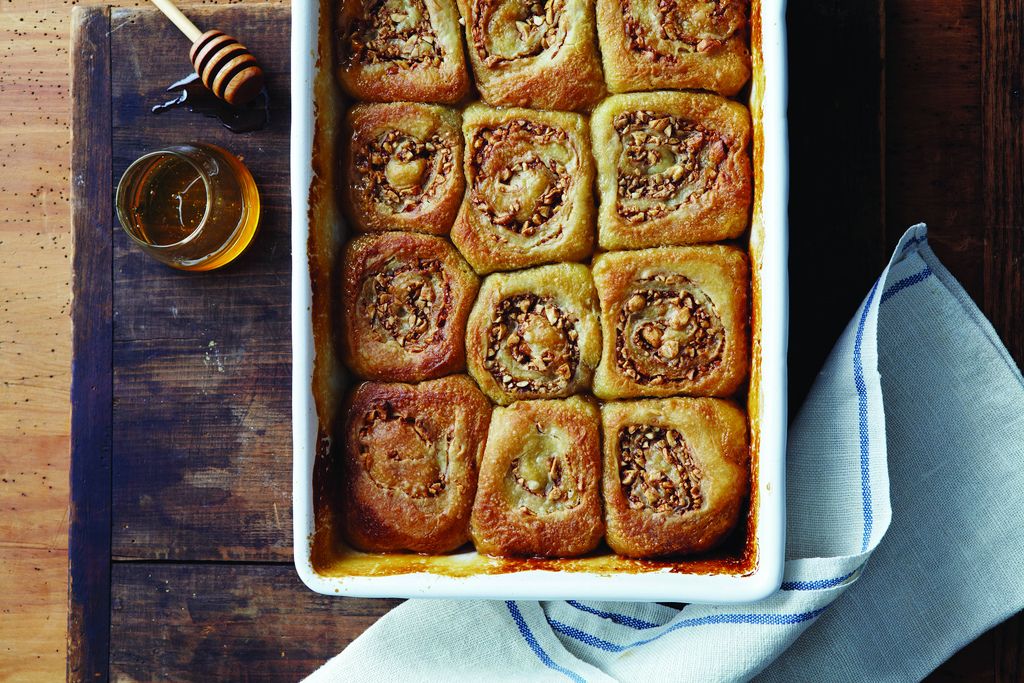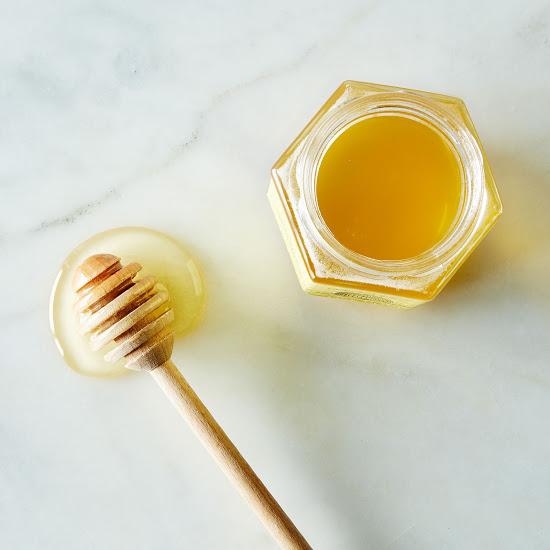Popular on Food52
9 Comments
Gabi V.
July 27, 2016
These sound SO great. I love honey and definitely want to give these a try. Also - you are amazing, Joanne! I used to work right next to the Flour in Back Bay and it was a dream! ?
Beth J.
August 9, 2015
1/2 cup of honey as the only sweetener? I was skeptical. Unsweetened dough, no sugar in the filling? Hmmmm.... I must say, they are absolutely delicious!
Lynn M.
August 8, 2015
Flour is my all time favorite bakery and it takes every bit of will power to keep me from stopping by everyday. These morning buns look absolutely divine. I can't wait to take them on a test drive.
http://www.theroadtohoney.com
http://www.theroadtohoney.com
s
August 4, 2015
Honey is no healthier than white sugar. Reducing sugar is good. Substituting honey for sugar in an effort to be more healthy is silly. You can talk about trace amounts of enzymes, etc., but in the end honey=sugar.
Calli
August 4, 2015
^Amen to this! And "sweeter" per amount doesn't mean it has less sugar but just tastes sweeter. It means it has more. So you're still using the same amount of sweetness, the volume is just different.
Sugar is sugar, whether it's in the form of honey, white sugar, agave syrup, maple syrup, etc. It all hits your body the same way (quickly and can spike your blood sugar).
Sugar is sugar, whether it's in the form of honey, white sugar, agave syrup, maple syrup, etc. It all hits your body the same way (quickly and can spike your blood sugar).
drunkenboxer
August 18, 2015
Actually, our tongues and brains register different levels of sweetness from different sugars. On a molecule per molecule basis, fructose (the sugar primarily found in fruit) is sweeter than sucrose (table sugar; 1 molecule of fructose + 1 molecule of glucose), which is sweeter than glucose (the sugar our cells use as the main form of energy).
However, honey has the same degree of sweetness as table sugar, so it is not that you actually use less when you reduce the amount by 25%, it is that the liquid form packs more sugar molecules into less space than granulated sugar, which has air between the crystals. Same concept regarding table salt, kosher salt, and large flake sea salt; the same volumes have different amounts of NaCl.
However, honey has the same degree of sweetness as table sugar, so it is not that you actually use less when you reduce the amount by 25%, it is that the liquid form packs more sugar molecules into less space than granulated sugar, which has air between the crystals. Same concept regarding table salt, kosher salt, and large flake sea salt; the same volumes have different amounts of NaCl.



See what other Food52 readers are saying.